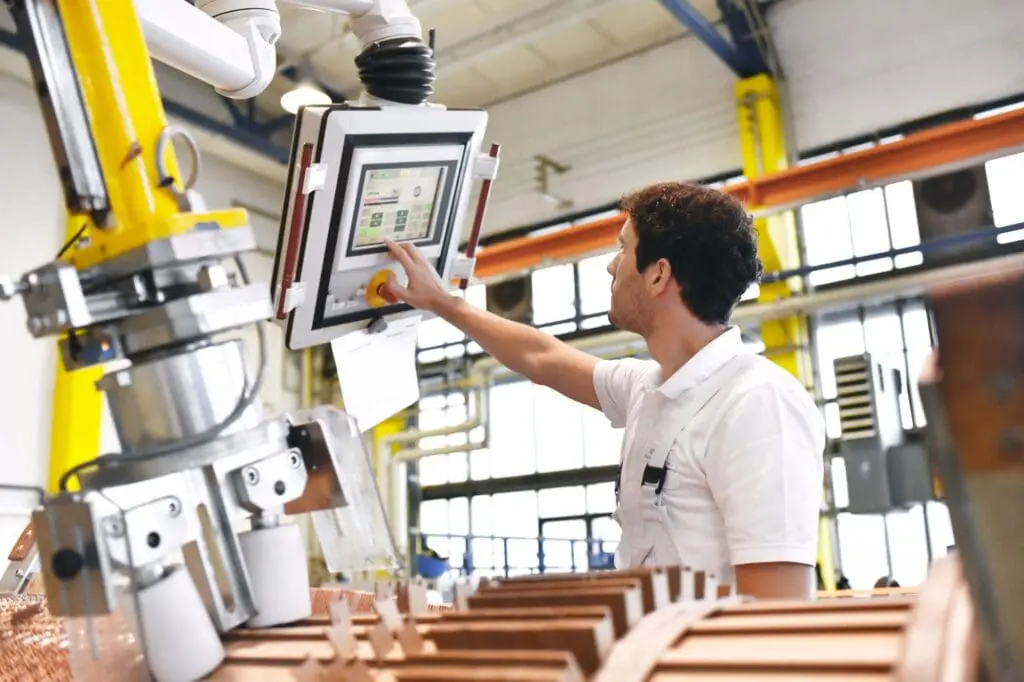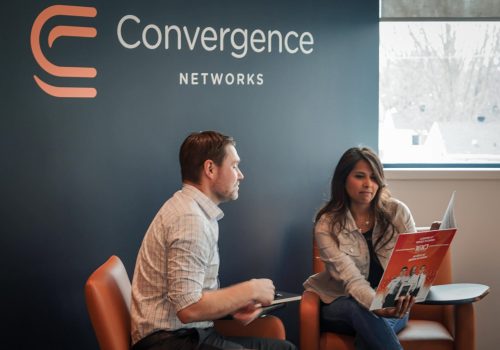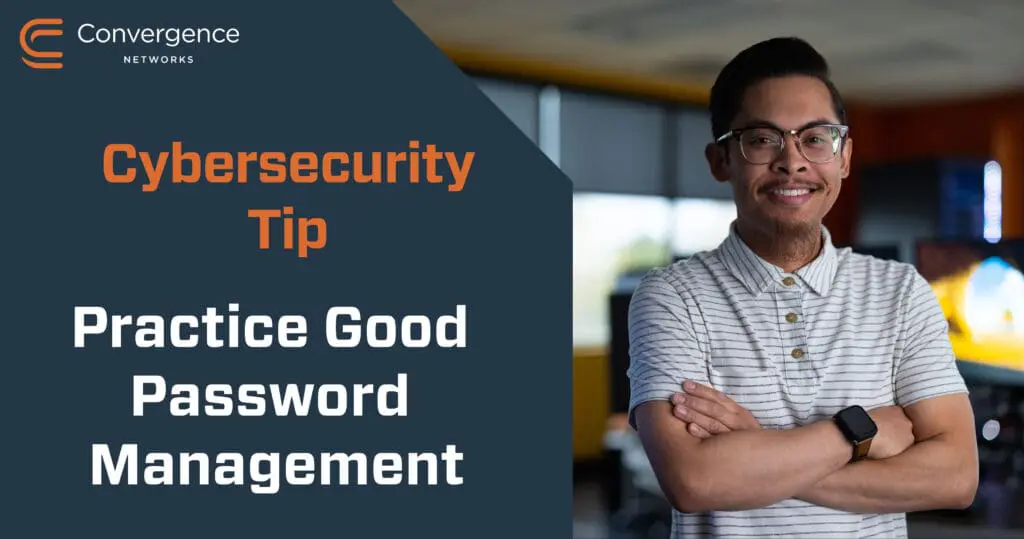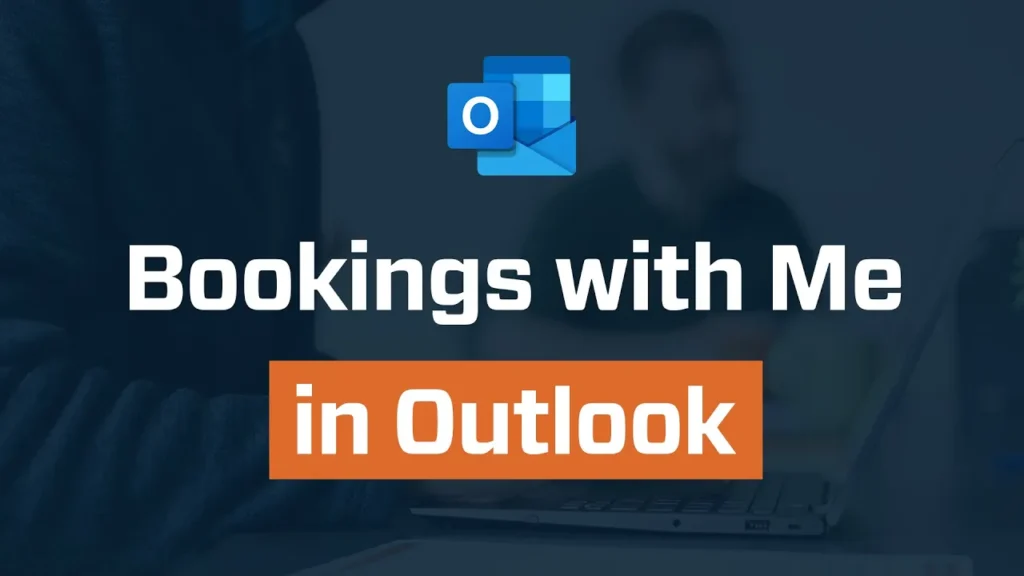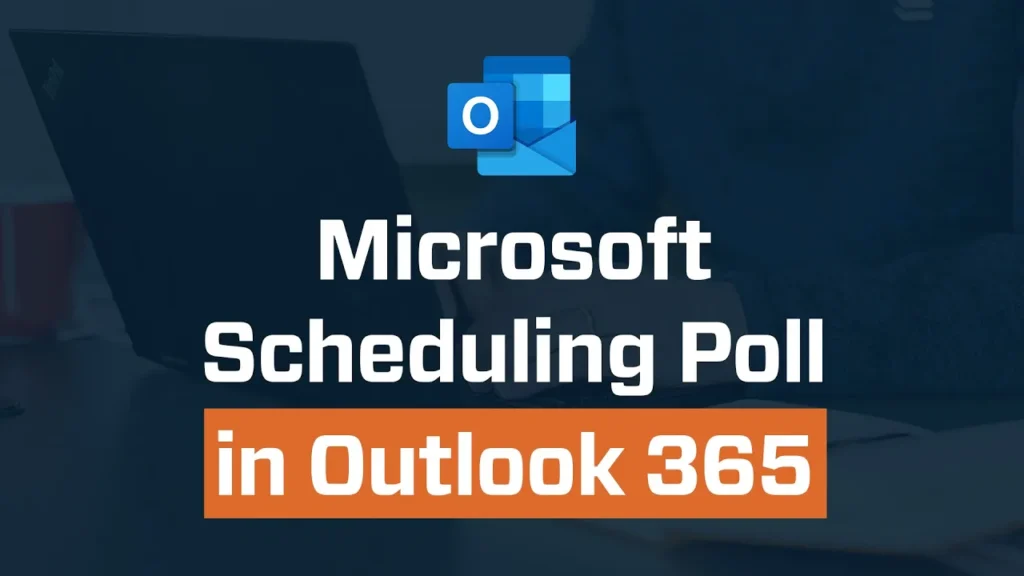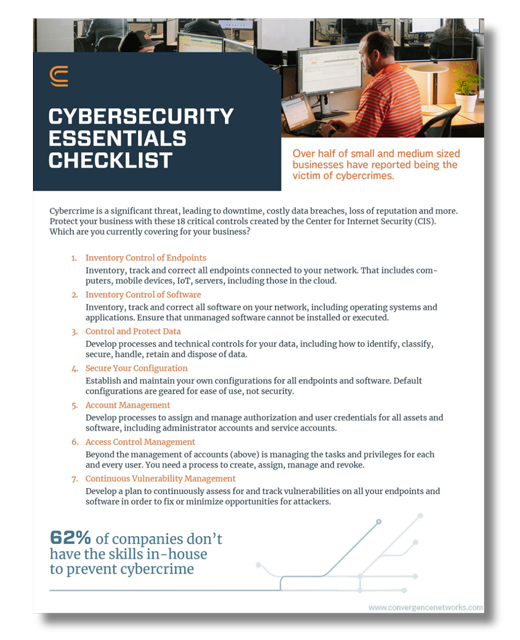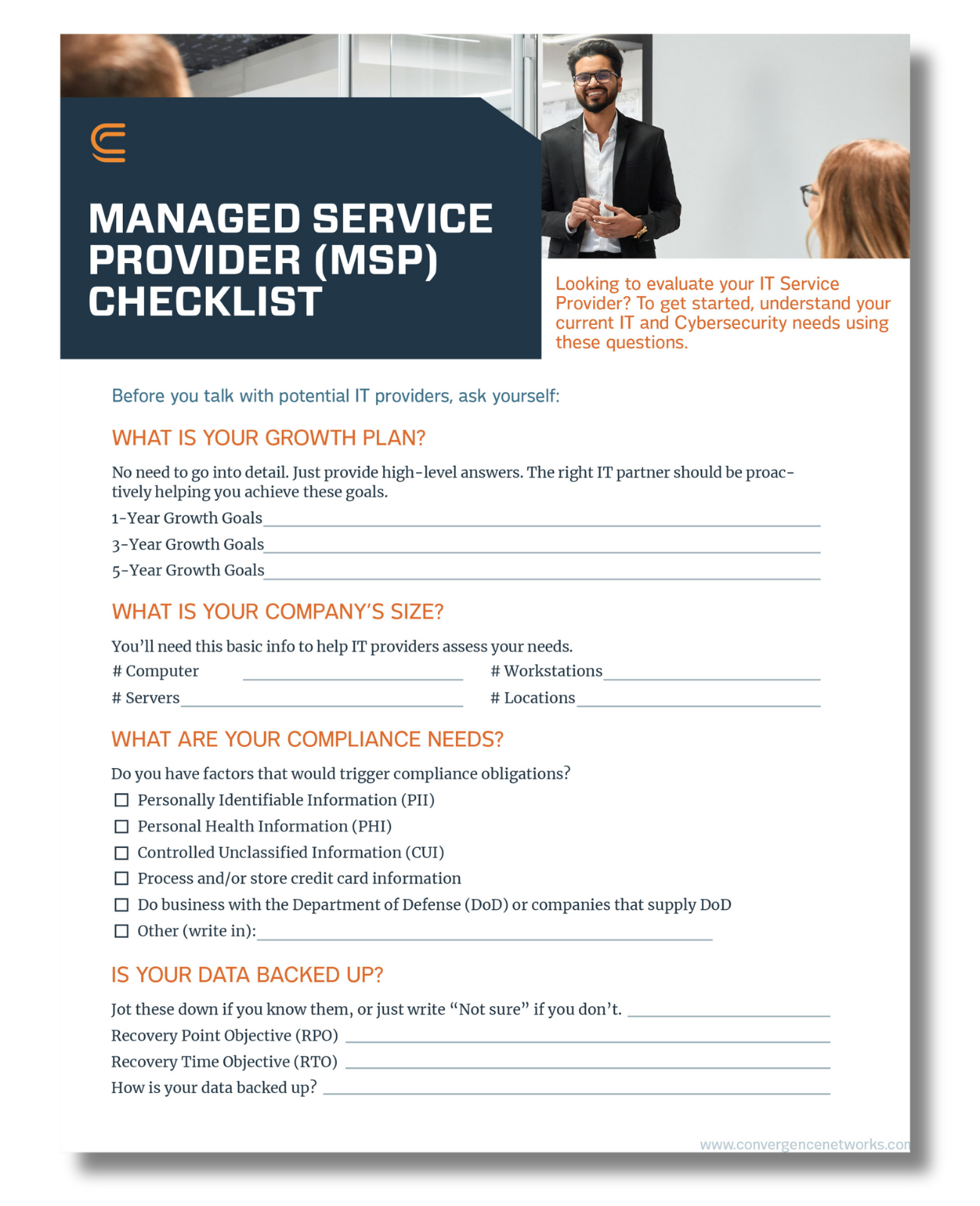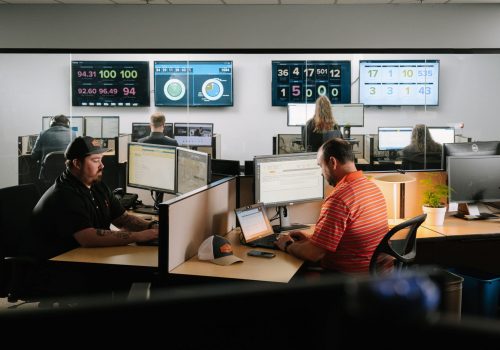Article by Jack Biehn
For many organizations, the COVID-19 pandemic initially caused operations to slow down or come to a halt. However, remote work culture has adapted, with many organizations forgoing the commute to the office for remote work right from their own homes. With this rapid shift to remote working arrangements, the shift to mitigate cyber risks created by “work anywhere” operating models has developed just as fast. This transition is pushing more organizations to re-evaluate their dynamic of how work is conducted, and most importantly how to secure what now seems to be an endless amount of access points with remote connection capabilities.
The rippling effect due to the COVID-19 pandemic of 2020 pushed government agencies and private sectors to focus on enabling their customers, stakeholders, and employees to interact with their organizations in evolved, more secure ways. These agencies are now having to ensure resources and the ability to complete day to day tasks are being actively managed, prioritized and mitigated. With remote work evolving into becoming the new norm, and more users requesting access from unsecured networks, the ability to monitor user operations and secure endpoints has become a priority. With government agencies following suite of having to fit the demand for remote environments, the shift to using a hybrid remote work infrastructure and processes led to the undetected vulnerabilities in existing remote work technology. It has made more areas susceptible to compromise, and fueled increasing interest in endpoint security, managed detection and response (MDR) capabilities, and zero trust architecture.
When the pandemic began, research suggested that 80% of all attacks leading to breaches and disruptions could have been avoided with using available security measures, as 99% of vulnerabilities being previously known and patches readily available. While the pandemic accelerated digital transformation, expanded network perimeters and edges, this expansion opens the door for more gaps to appear, leaving vulnerabilities.
Organizations need integrated approaches broad enough to cover this accelerated remote work culture covering the gaps created due to expansion across their network, edge to edge. Artificial Intelligence (AI) and Machine Learning (ML)is becoming a driving force in keeping up with the increase in pace and the volume, variety, and speed of data managed during a cybersecurity event. Creating a layered approach to cybersecurity is more crucial than ever for organizations and their customers.
Artificial Intelligence (AI) and Machine Learning (ML) is being implemented more frequently across enterprise networks to address the evolving threat landscape. Understaffed cybersecurity teams – and not every company has a cybersecurity team — are struggling to keep up with the increase of management consoles, sending alerts to more areas than ever before. This combined with understaffed organizations still playing catch up due to the accelerated pace of digital transformation is continuing to make things more difficult. This is where Security Operations (SecOps) will merge security and infrastructure/app operations. A SecOps team will utilize AI/ML tools to search for patterns in the voluminous incoming data that is too much for humans alone to manage, assisting security teams investigate potential threats and address them in a shorter period. This allows analysts to focus on more critical & complicated matters, while leveraging AI and an integrated cybersecurity to develop playbooks that identify and mitigate threats quickly and efficiently. This, however, does not come without its own complications, and having a cybersecurity partner to bridge the gap can be a crucial commodity. Convergence understands that the security landscape of today and tomorrow is different than what it was in the past. That’s why we start with centralized identity management when we craft effective security strategies for our clients.
As we continue to see the evolution of remote work culture, hybrid cloud environments will be more closely stored, to better increase response times and save bandwidth, leading to better and more efficient business outcomes and customer experience. Edge computing will be a standard in most industries, operating at 5G speeds, however brings a new spectrum of security concerns. With the increased speed, traditional platforms are going to face challenges keeping up the pace, disrupting the operating environment, making consolidation and integration that much more important. Using multiple, non-integrated platforms, from multiple vendors, and multiple management consoles will be a way of the not-so-distant past, as this system simply cannot provide security at the speed and scale needed to operate edge computing; failing to support today’s highly distributed enterprises.
With the realization of new commonalities coming into place, especially for working remote, and hybrid remote positions, contactless commerce and industries such as healthcare will see a focus on what is called hyperscale operations. Industries possessing confidentiality, compliance and regulatory restrictions, with multiple locations will require these immense payloads, to make sure security restrictions are being met, making it that much more complex to implement a secure environment. Hyperscale operations will become the focus for most industries and organizations, especially with the death of private clouds & data centers not yet in our rearview mirror, as limitations of the public cloud become more apparent, leaving an existing need for hybrid cloud environments.
With COVID-19 dramatically changing the way organizations operate across a multitude of industries, so has it changed cybersecurity, and the opportunities for gaps to arise. The growth of remote work culture taking place is one of rapid expansion and implementation, utilizing endpoint security, managed detection and response (MDR) capabilities, virtual private networks (VPNs) and SecOps to take advantage of AI curbing the gaps created by this immediate shift to a hybrid remote environment. As we continue to develop a view of what cybersecurity, and everyday operations in this new model will look like, one thing is certain and that is to adapt along with an ever-changing threat landscape, making securing our environments, and organizations top priority. Ensuring your organization is protected should be a top priority. Proactive monitoring solutions, SecOps, and a dedicated staff to unravel the complications of compliance and regulatory restrictions, multiple locations and remote access points along with meeting security restrictions is evolving into the recommended standard. Making it that much more complex to implement a secure environment for emergencies are two strategies that will help minimize damage and recover compromised systems.
If your organization is ready to make the necessary modifications and advancements to keep up with an ever-changing digital landscape, Convergence Networks can assist in managing these complexities, providing additional support and a strategic plan to protect your organization. Contacts us today and let us navigate the threat landscape together, achieving a more secure tomorrow.

